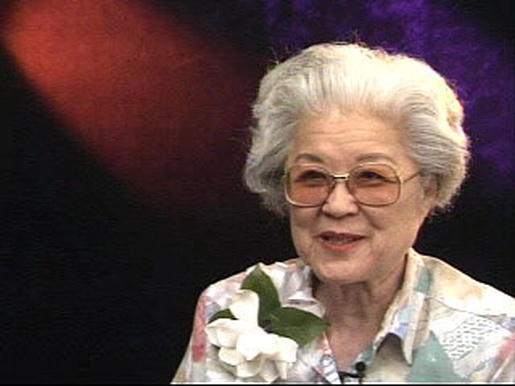

Japanese American Women and Activism Within the JA Community: Redress, Reparations, and Gender
 cshikai
cshikai
|

|
||
| Licensing | ||
Aiko Yoshinaga Herzig, Introduction
Aiko Yoshinaga Herzig is most well known for her archiving work during the Redress and Reparations movement of the 1980s. Interned at the Manzanar Incarceration Camp during World War II, Aiko spent a few years there, fully experiencing the positives and negatives and dangers of camp life. Many years later in the 1970s, Aiko involved herself with Asian Americans for Action, an organization dedicated to progressive movement and issues within the Asian American community. As a part of AAA activism, Aiko participated in protests for the Vietnam War, among other things. This was a starting point for her deep involvement in important political issues affecting her and the community around her.
After marrying and settling down, Aiko took an interest in the National Archives. She began to look through documents pertaining to the incarceration of JAs, since she and her family had spent time in the camps. Her search for files the government kept on herself and her family eventually branched out into looking for files and documents pertaining to Internment. As she found relevant and pertinent documents, she began to build a separate archive for this particular topic. And as the Redress and Reparations movement was set into motion in the late 1970s and 1980s, Aiko’s finds became increasingly revealing. She dug up documents that proved, without question, the racist nature of Internment and the government’s knowledge of the illegitimacy of such actions. As mentioned in Fujita-Rony’s article, her very meticulous archiving skills made her a “destructive force” to be reckoned with; the government did not stand a chance against all the damning information she had found and collected.
Despite Japanese American traditions according to gender, which dictated that a woman’s place was most often in the home with her family, women like Aiko stepped up to the plate and contributed most significantly to the Redress and Reparations movement. Although the work that she did was not at the forefront or very involved with the direct political process as many of the men were, because of the crucial documents she found that made their case virtually bulletproof, thousands of Japanese Americans who had suffered in the camps were compensated with $20,000 in payments. Her significant contributions to the movement and accomplishments of Redress and Reparations are incredibly important, and should be publicized so that she can receive proper recognition for her work.
Sources: The Densho Digital Archive, http://archive.densho.org/main.aspx (Visual History Collections: Densho Visual History Collection: Aiko Yoshinaga Herzig), and Fujita-Rony, Tony, "Destructive Force." Vol 24., No. 1, Frontiers Publication, 2003.
Based on this original

|
Aiko Yoshinaga Herzig, Introduction |
 Japanese American Women and Activism Within the JA Community: Redress, Reparations, and Gender
Japanese American Women and Activism Within the JA Community: Redress, Reparations, and Gender
 Journal feed
Journal feed
